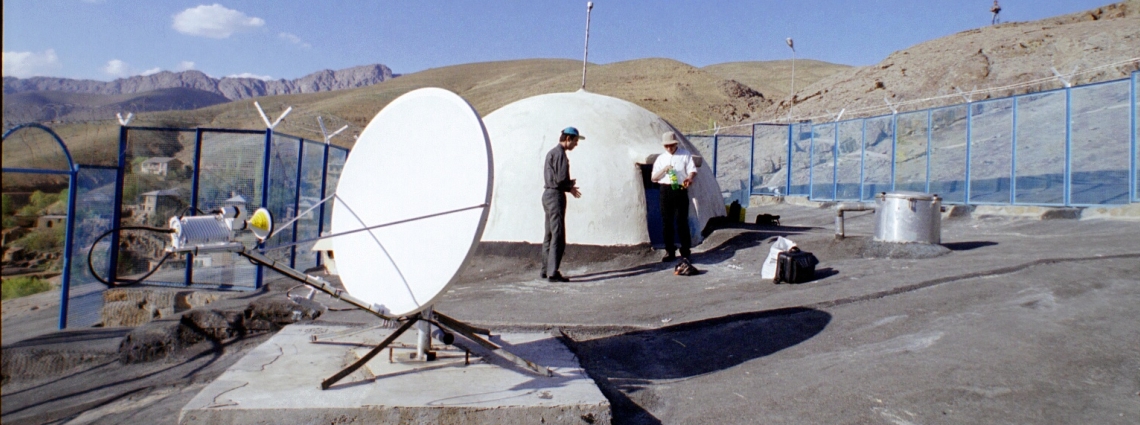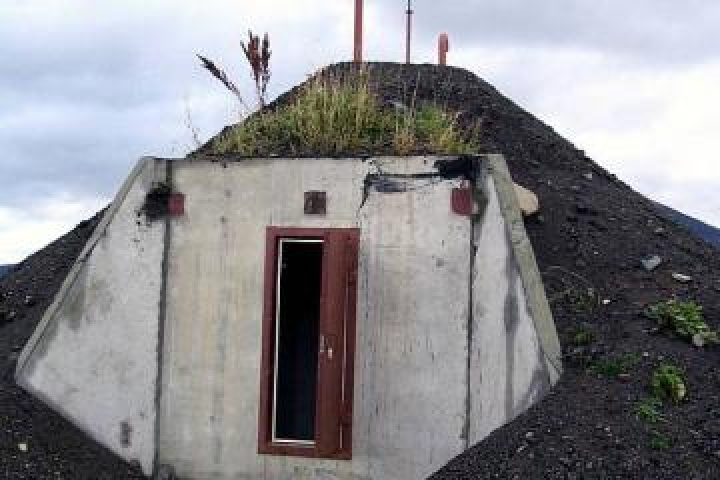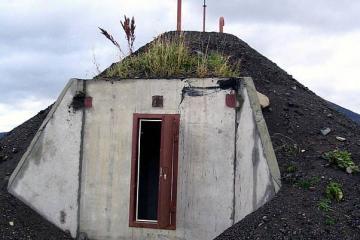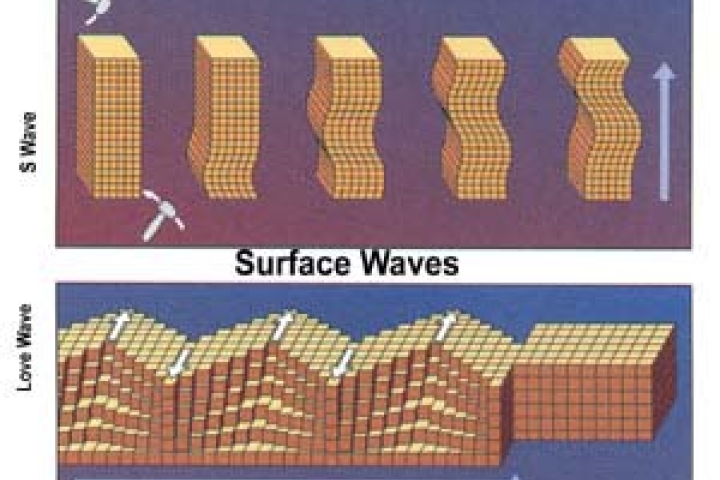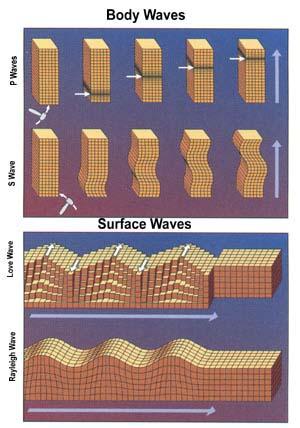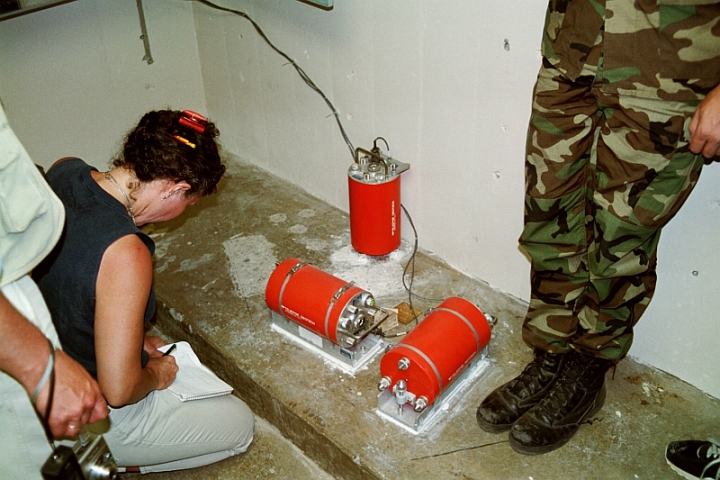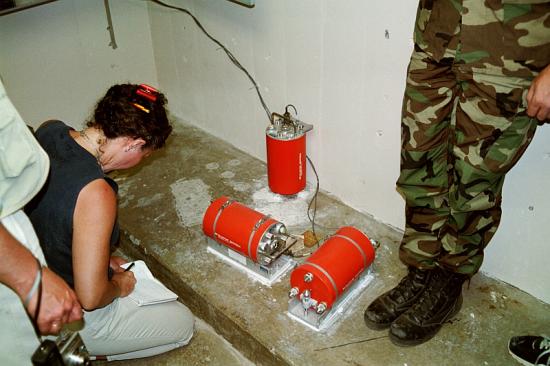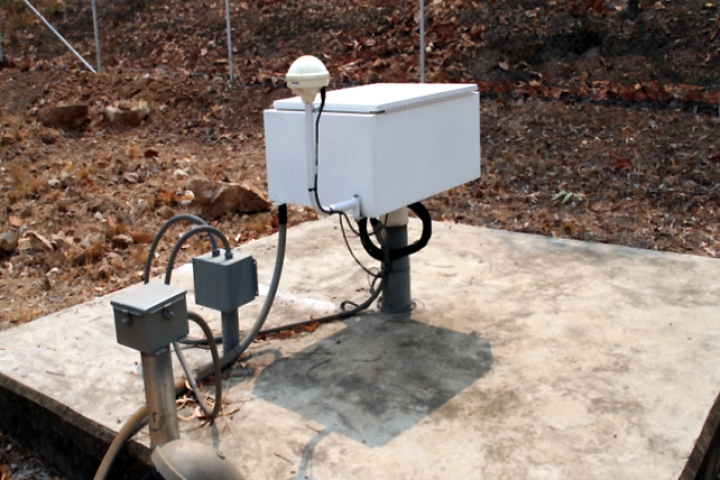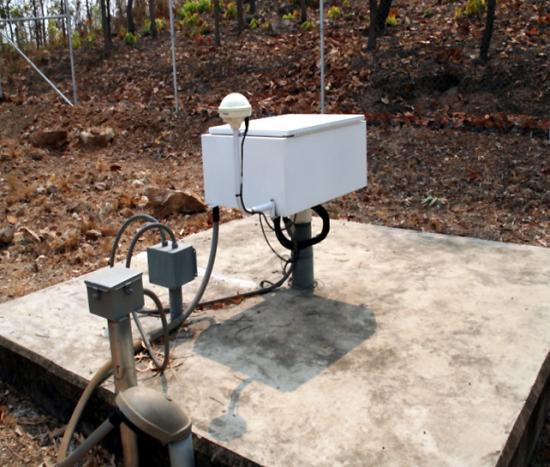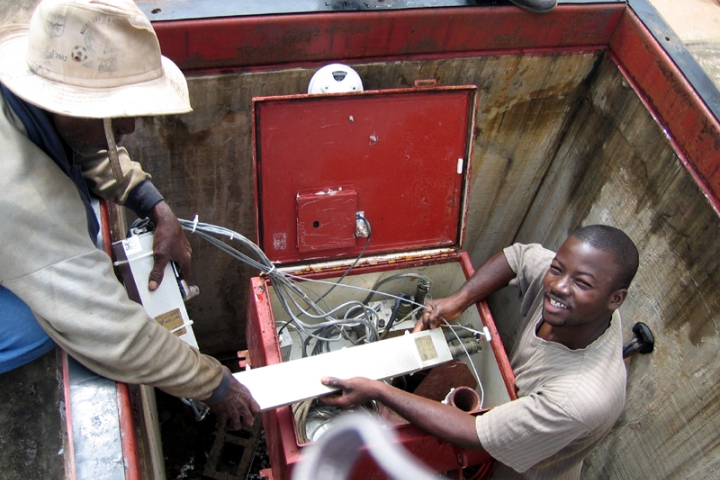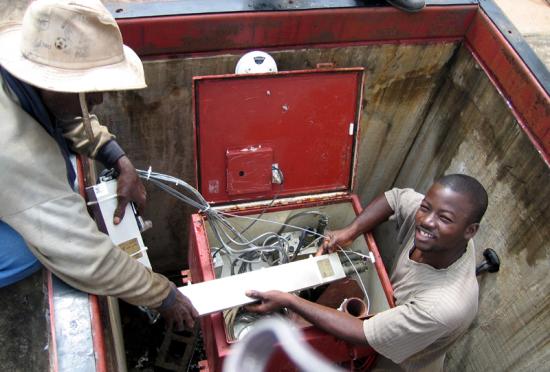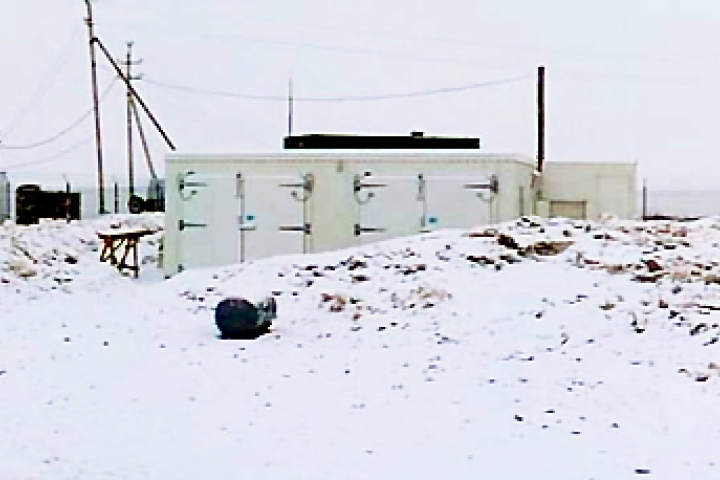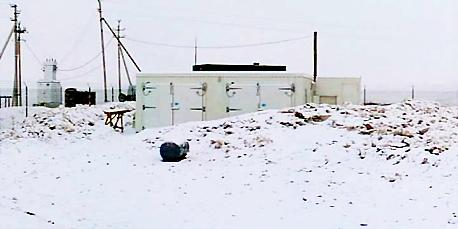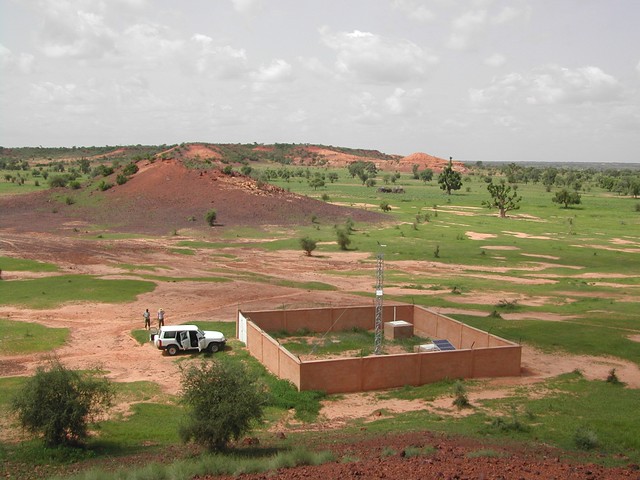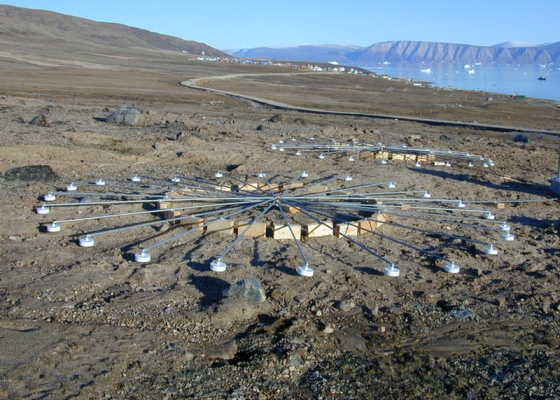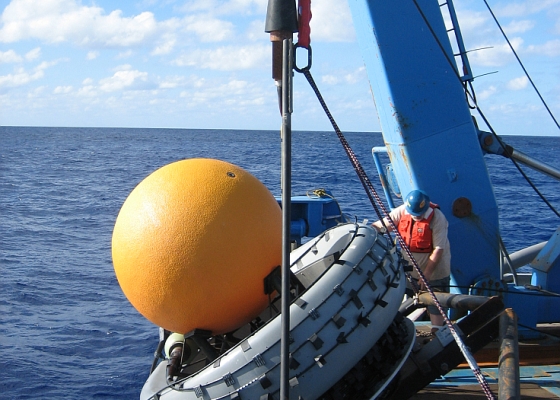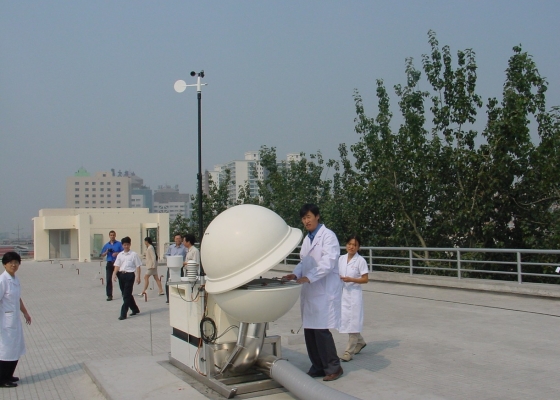Seismic monitoring
Seismic technology
Seismic monitoring, one of the three waveform technologies used by the International Monitoring System (IMS), is used to detect and locate underground nuclear explosions. Data resulting from seismic monitoring are used to distinguish between an underground nuclear explosion and the numerous natural and man-made seismic events that occur every day, such as earthquakes and mining explosions.
Seismology is the study of seismic waves, their propagation through the Earth, their sources and their effects. Seismic waves result not only from earthquakes but also from other natural and man-made events. Even a person stamping on the ground can generate a seismic wave that can be picked up by a sensitive seismometer.

Charles F. Richter, creator of the Richter magnitude scale.
The size or magnitude of earthquakes and other seismic events is generally measured using the Richter scale. Several thousand earthquakes larger than magnitude 4 on the Richter scale – a fairly light earthquake which can cause windows and doors to rattle, but which does not result in significant damage – occur each year around the globe.
The instruments employed to measure seismic waves are seismometers, which are sensors converting ground motion into electrical voltage.
Although modern seismometers can detect ground movements as small as the size of atomic spacing in a crystal, continual background vibrations known as "seismic noise" often distort seismic signals and limit their detection.
While seismic noise is mostly generated by wind and ocean waves, vehicle traffic and industrial activity can also contribute. In order to eliminate the influence of seismic noise, seismic stations are usually built in remote areas, preferably on the outcrops of geological hard rock and as far away as possible from human activity.
Body waves and surface waves
Seismic technology is an efficient means of detecting a suspected nuclear explosion. Seismic waves travel so fast that an event creating these waves can be registered by seismic stations distributed worldwide in a time span ranging from a few seconds to about ten minutes.
A seismic event generates two types of seismic waves: body waves and surface waves. The faster body waves travel through the interior of the Earth while the slower surface waves – as the name suggests – travel along its surface. Both are of crucial importance for the analysis of a suspicious event, providing essential information on its location, strength and nature.
There are two types of body waves emanating from a seismic event, P-waves and S-waves. P-waves are primary or compressional waves that alternately compress and expand the ground in the direction of the wave’s propagation. These waves can move through any material.
S-waves are secondary or shear waves in the ground that move perpendicular to the direction of the wave’s propagation. S-waves can only move through solids as this kind of movement is impossible in liquid or gaseous materials.
Measuring the azimuths of both P-waves and S-waves makes it possible to identify the direction from which the waves were emitted. Since the waves travel at different speeds, it is also possible to determine the distance to the source by measuring the different arrival times of the waves.
Surface waves travel along the surface of the Earth, are slower than body waves and tend to be destructive. Technically, surface waves result from interference between the two types of body waves. During analysis, surface wave measurements help identify the depth and magnitude of an event.
Seismic monitoring is significant in preparation for an on-site inspection (OSI). The analysis of seismic data provides the necessary information on the location of a suspected underground nuclear explosion, which is a prerequisite for the identification of an inspection area.
How the seismic monitoring networks work
The IMS includes two global seismic monitoring networks: a primary seismic network with 50 stations and an auxiliary one with 120 stations. Stations in the primary seismic network send data continuously in real time to the IDC. The auxiliary seismic network often takes advantage of existing seismic stations, upgraded to meet IMS technical standards. These stations do not send data in real time but contribute on request.
There are two main types of seismic stations: seismic arrays and three-component stations.
About 60% of the completed primary seismic network will consist of seismic array stations, which are essentially sets of nine to 25 seismic sensors arranged geometrically over a wide area. This may range from a diameter of three to four kilometers for new seismic arrays, to up to 500 square kilometers for older, upgraded array stations.
Seismic arrays enhance monitoring capability for several reasons. They improve the signal-to noise-ratio (SNR), so that it is easier to distinguish the actual signal against the background noise. Array stations allow for a better estimation of the azimuth of incoming signals, meaning that they identify the direction from which the signal arrived. The spatial distribution of the sensors also permits an estimation of the seismic waves’ speed. Information on both the direction and speed of the incoming seismic waves is crucial when identifying the source of a particular event.
Most of the stations in the auxiliary seismic network are three-component stations. These have one seismic sensor that measures the three spatial components of the waves: up-down, East-West and North-South. Three-component stations often have a bigger error margin than seismic arrays, but they are more cost-effective. This type of station also measures body and surface waves, thus providing information on the depth and strength of an event.
